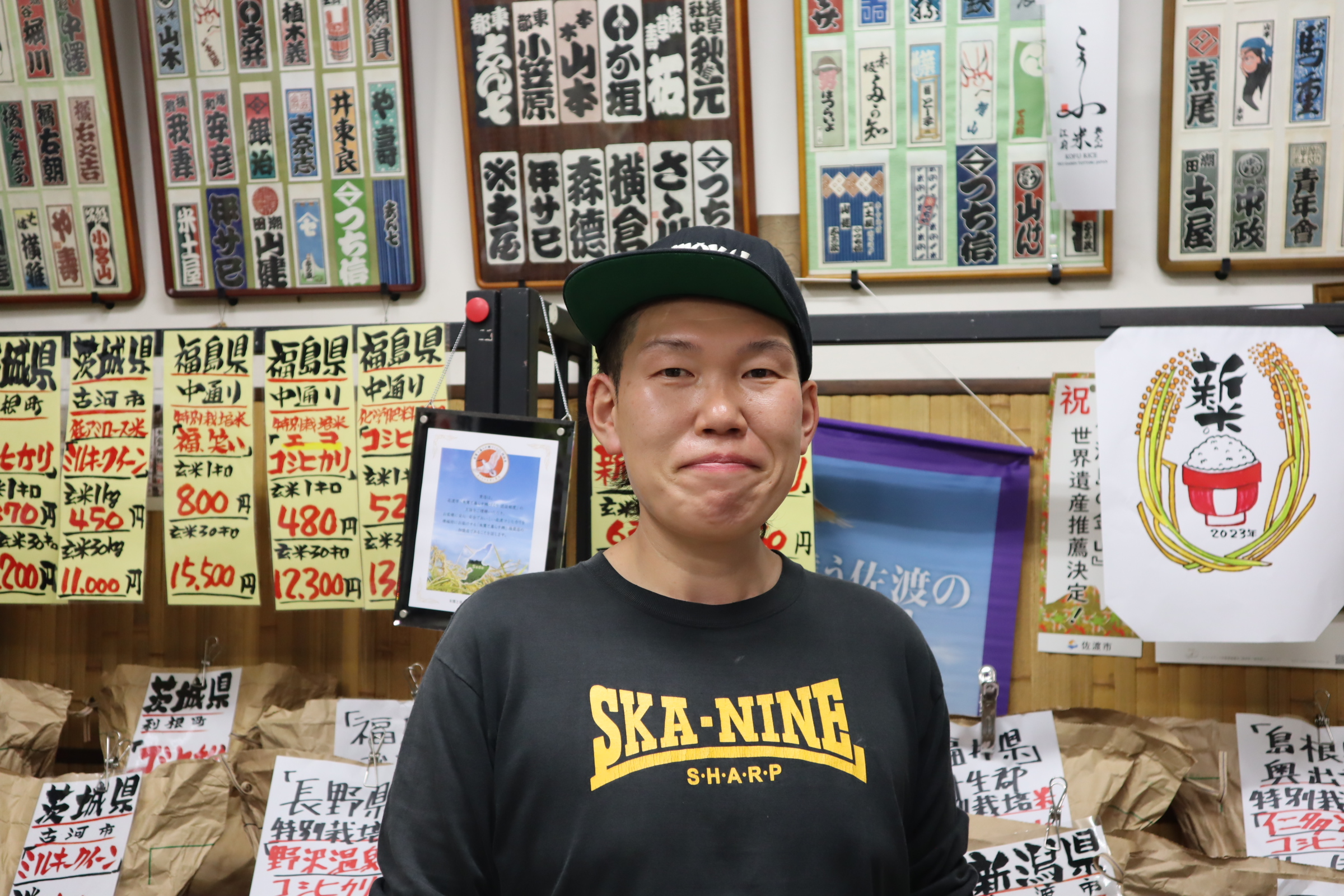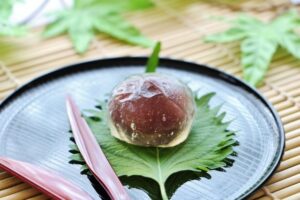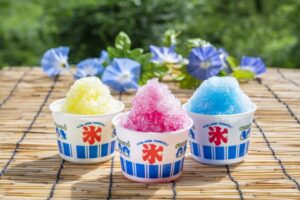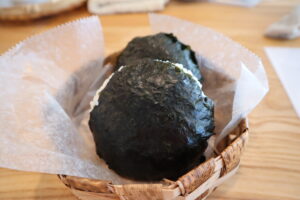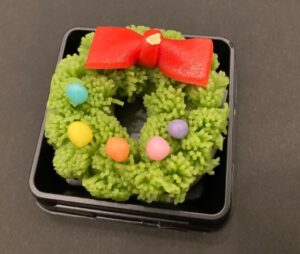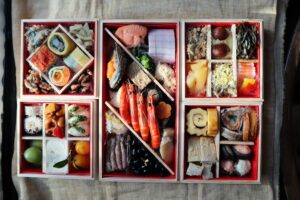Rice stands as the cornerstone of Japanese cuisine, having been cultivated since ancient times and serving as the historical grain that has underpinned Japan’s culinary traditions for generations.
When transformed into a meal, rice delights the senses.
Japanese rice, renowned for its high moisture content, delivers a chewy texture. White rice, with its mild flavor, harmoniously complements a wide array of side dishes and soups. Personally, I find pure contentment in the simplicity of white rice paired with miso soup, especially when I am tired. This combination provides the ultimate comfort.
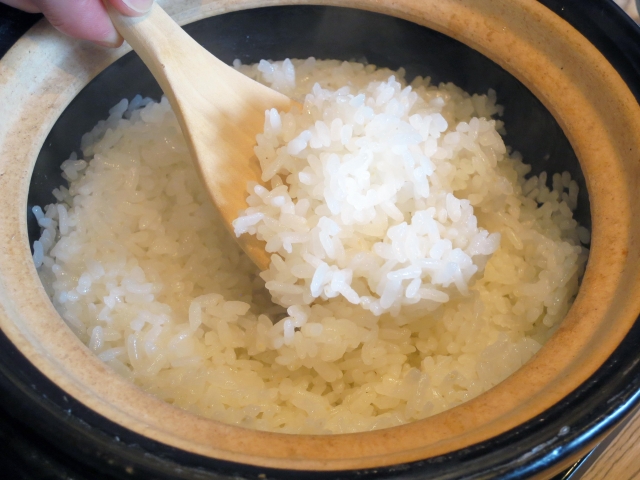
Nonetheless, the significance of rice transcends mere consumption in its natural state. What makes rice indispensable in Japanese gastronomy is its role as an essential ingredient in the creation of an array of processed foods.Representative examples include sake, amazake, mochi and senbei (rice crackers) .
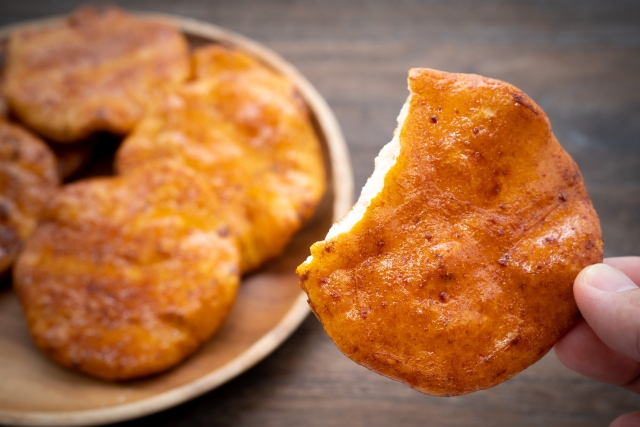
Japanese rice falls into the category of short-grain rice, also known as Japonica rice, characterized by small and short grains. It is notable for its high moisture content, resulting in a sticky and chewy texture.
There are primarily two varieties of rice: “uruchimai” and “mochigome.” Mochigome, with higher stickiness compared to uruchimai, is commonly used for making rice cakes and Sekihan(steamed rice with Azuki beans).On the other hand, uruchimai is typically enjoyed as plain “gohan,” or rice.
Tsuchiya Rice Store in Yokohama, Kanagawa Prefecture
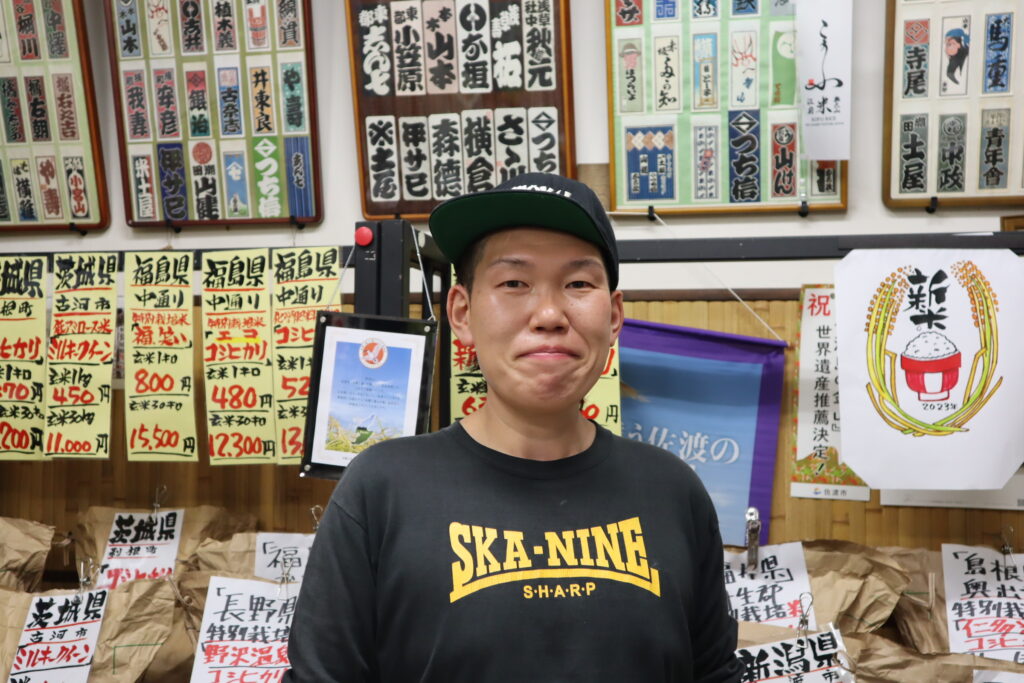
To delve deeper into this topic, let’s turn to Tsuchiya Kometen, a rice merchant in Yokohama, Kanagawa Prefecture. Located in the downtown area of Tsurumi-ku, Nakadori, Tsuchiya Rice Store boasts a history of approximately 100 years and is currently managed by the fifth generation of the Tsuchiya family.
In his shop, Mr. Tsuchiya engages in both wholesale business for restaurants and retail business for local customers.
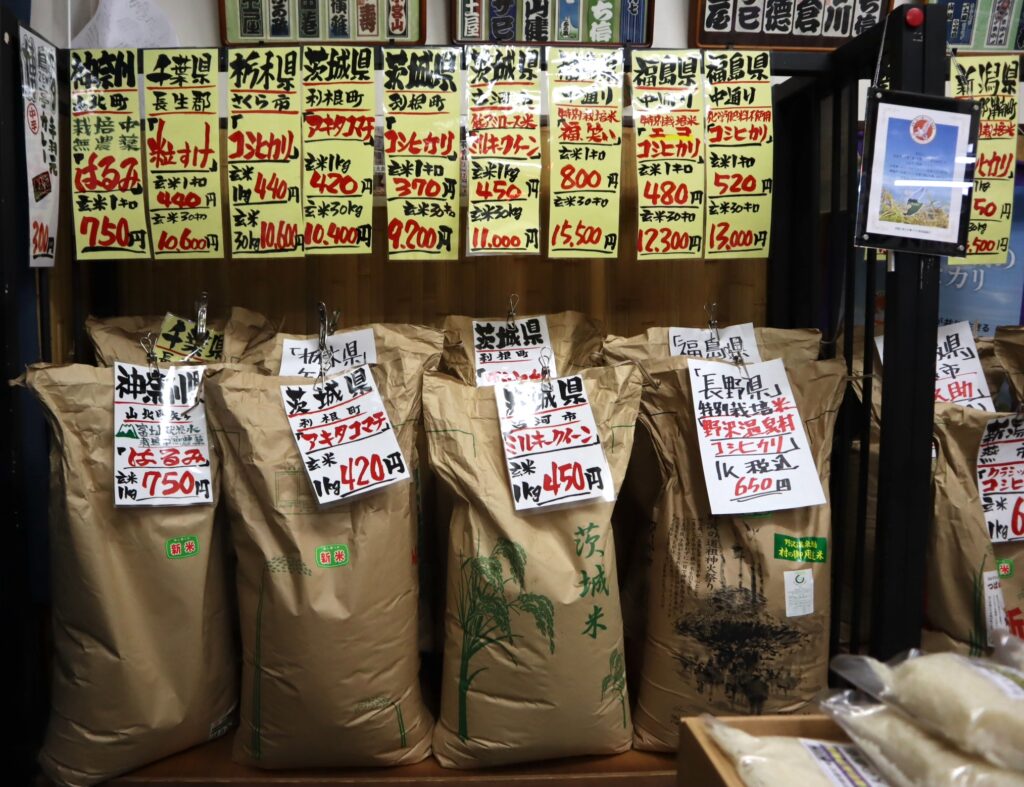
They also sell handmade onigiri (rice bolls)from the morning, and they also make and sell sekihan twice a month.
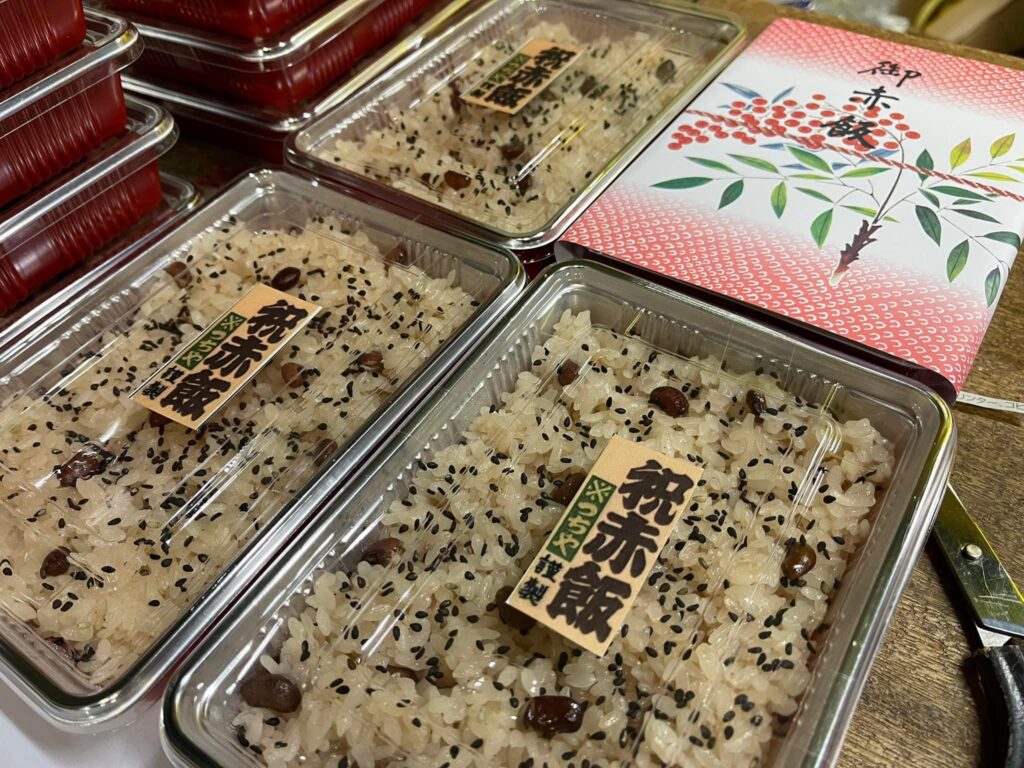
People living in urban areas often buy rice along with other groceries at supermarkets, making specialty rice shops like this one increasingly rare.

The advantage of buying rice from such specialty stores is the ability to choose from a wide variety of rice.
Tsuchiya Rice Store offers a selection of 60 types of rice throughout the year, with 45 types available at any given time.The origin of the rice ranges from Hokkaido to Ishigaki Island in Okinawa.In addition to well-known brands such as Koshihikari, Akita Komachi, and Hitomebore, they also have a wide variety, including Fukuwarai and Seitenno Hekireki.
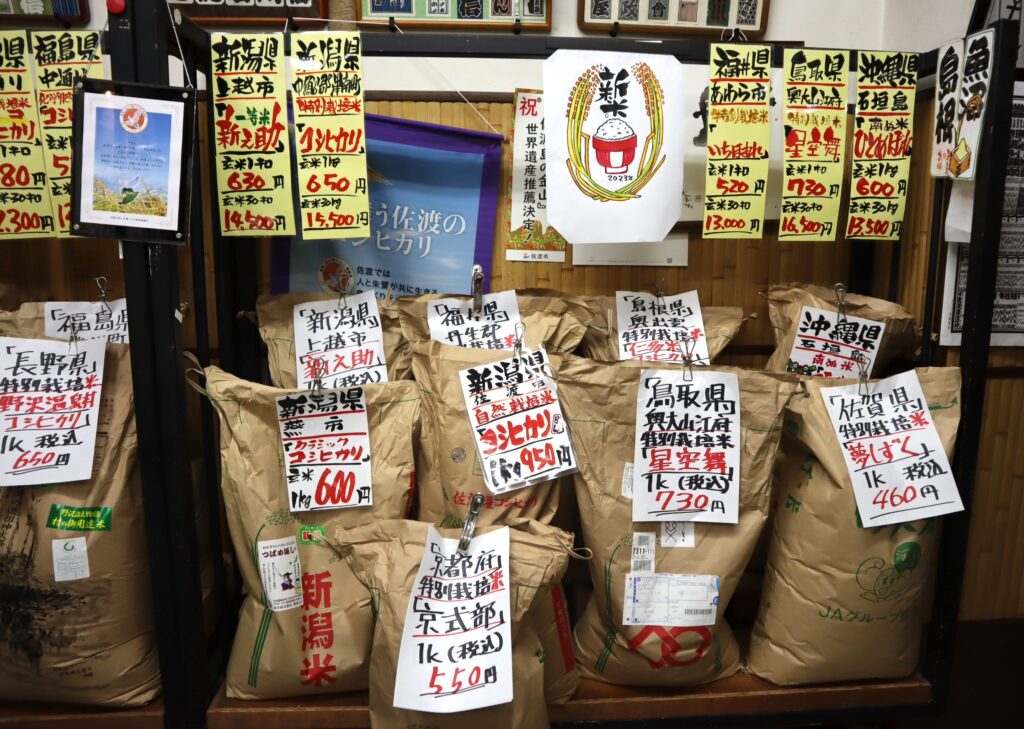
Mr. Tsuchiya highly recommends a rice called/named “Harumi” from Yamakita Town, Kanagawa Prefecture. He recommends it for two main reasons. Firstly, Kanagawa Prefecture has fewer rice fields compared to other prefectures, making this rice particularly valuable.
Secondly, it is cultivated through pesticide-free farming. With a commitment to supporting local farmers, he approves this rice.
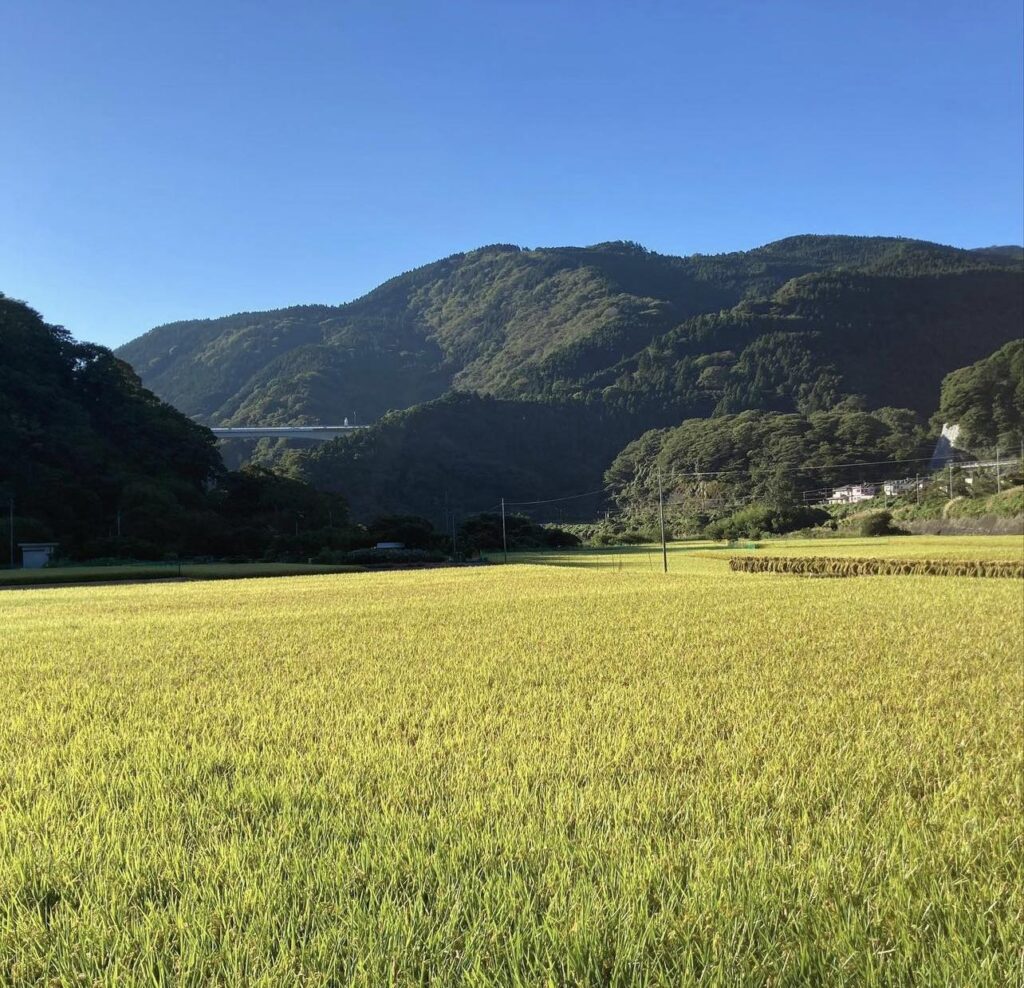
Recently, there has been a growing demand for pesticide-free cultivated rice. Mothers, concerned about allergies and wanting to ensure safe food for their children, have been visiting the store. As discerning customers with specific preferences gradually make purchases, the rice shop owner has started increasing their stock of pesticide-free and low-pesticide cultivation rice.
You can enjoy freshly polished rice.
Another advantage of buying rice at a specialty store is the presence of a rice polishing machine. Polishing is the process of milling brown rice to remove the bran and turn it white.
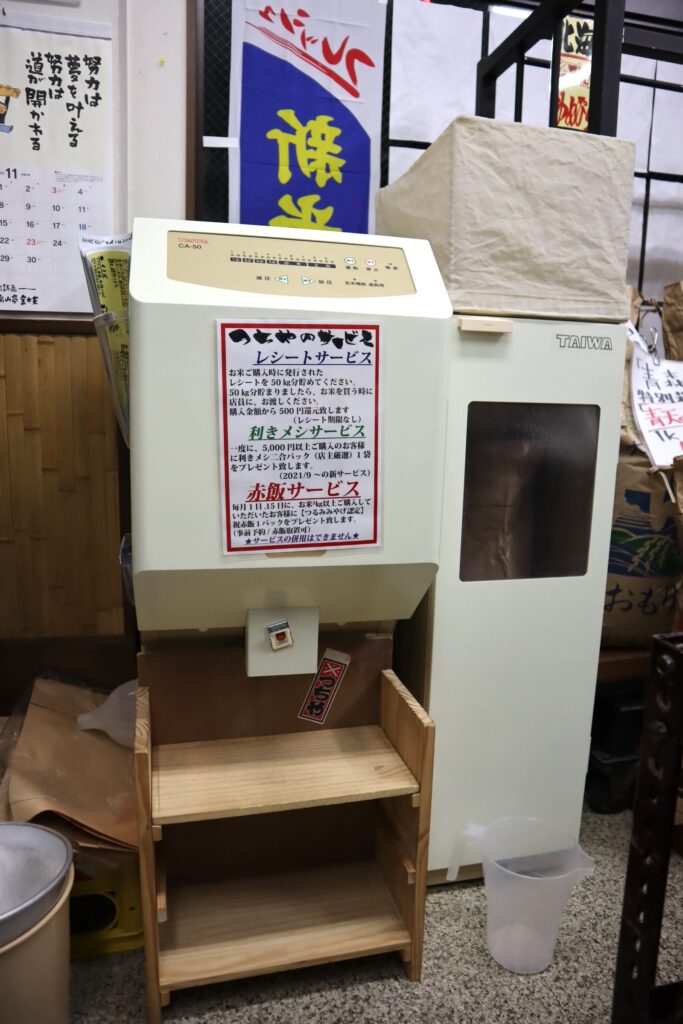
Brown rice, before polishing, is rich in nutrients such as Vitamin B1 and Magnesium and dietary fiber. However, some people find it hard to eat and unappealing due to its toughness and less appealing color. That’s why many people choose to polish it, turning it into white rice.
At Tsuchiya Rice Store, they polish the rice on the spot. Freshly polished rice is delicious because rice tends to oxidize quickly. The rice found in supermarkets, having been polished and sitting for some time, tends to oxidize. Eating freshly polished rice reveals a surprising difference in taste.
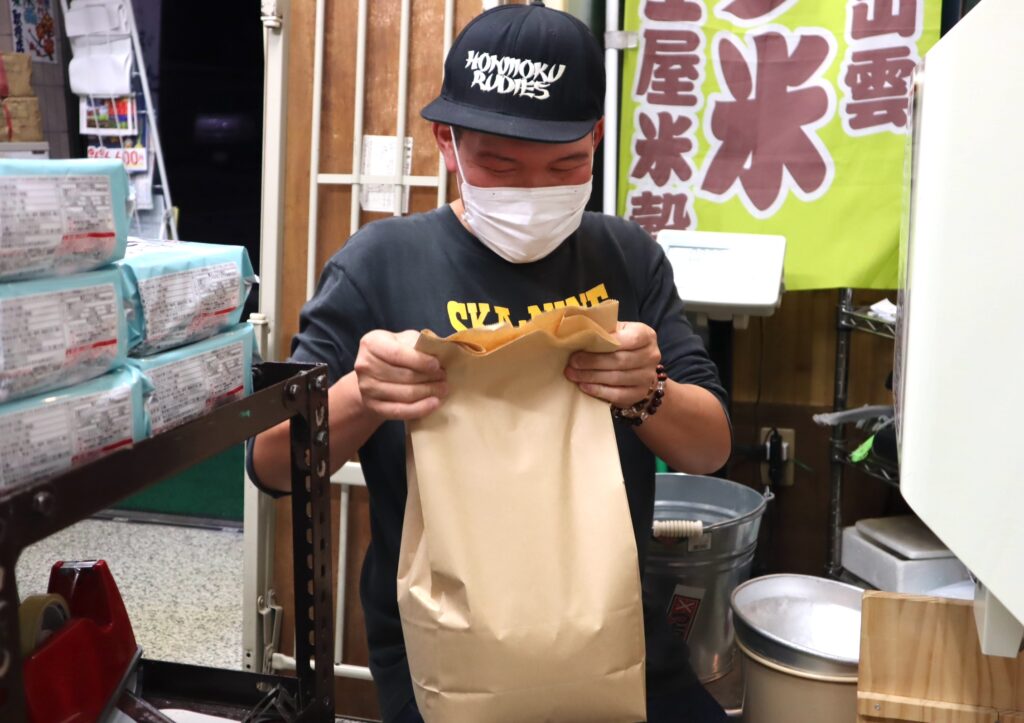
Furthermore, at this store, customers have the option to choose the degree of rice polishing, such as 50% or 30%, for example. Tailoring the polishing duration to personal preferences allows customers to balance nutritional value and ease of consumption, enabling them to select their preferred level of polishing.
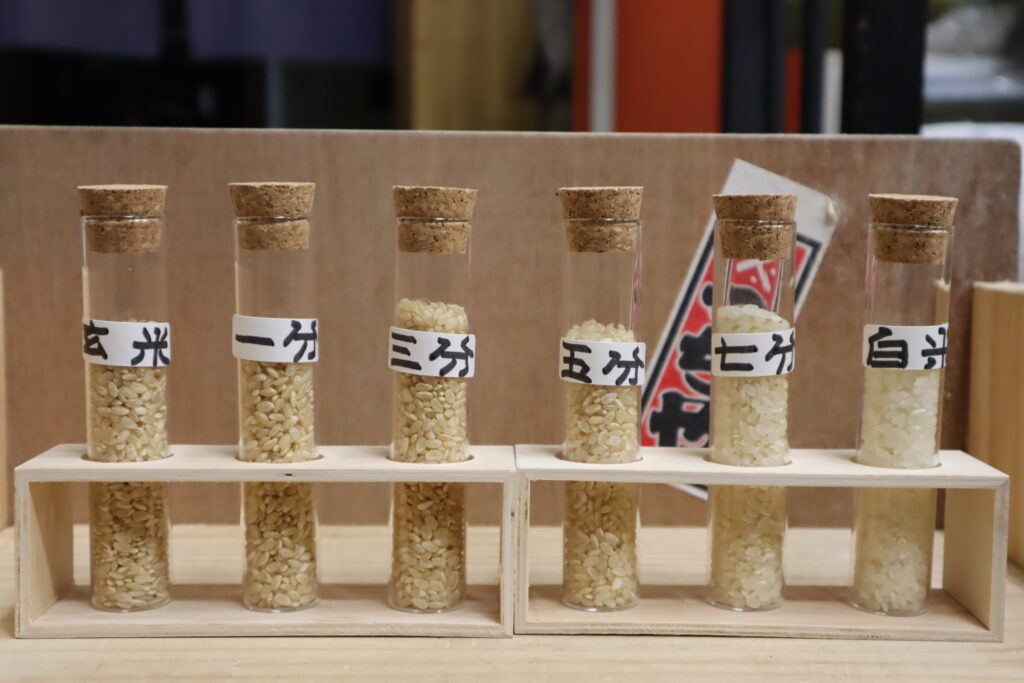
Additionally, vacuum-sealed packs containing 2 cups of rice have become popular among foreigners. It makes for an ideal souvenir.
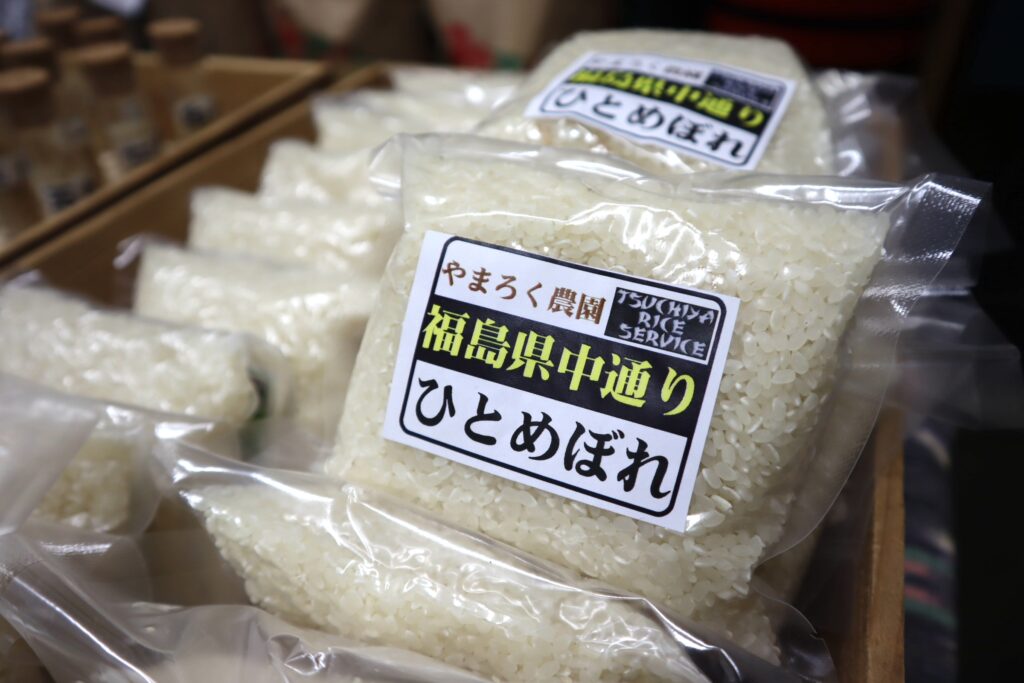
How to wash rice
Mr.Tsuchiya’s recommended method for washing rice is as follows:
Place the rice in a deep bowl and rinse it quickly with water. Since the rice absorbs the initial water, discard this water promptly.
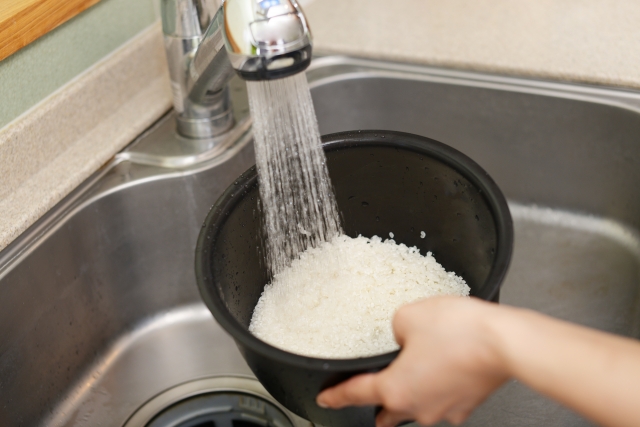
Add water for the second rinse. Put your hands into the bowl, dropping any rice that sticks to your hands, and then discard the water.
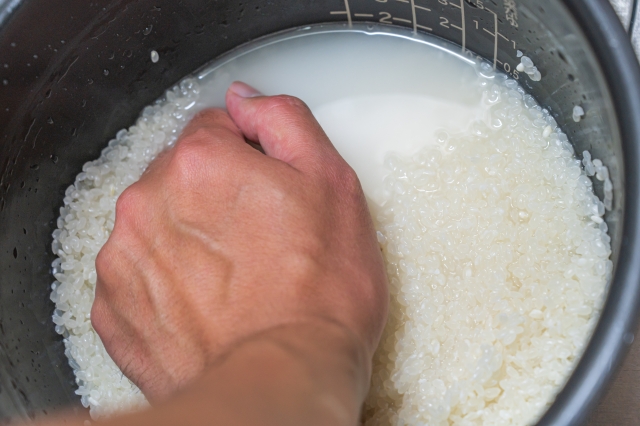
Repeat this process for the third rinse. Reach down to the bottom of the bowl with your hands. Do this twice, dropping the rice, rinsing it with water, and then transferring the rice to a sieve.
Afterward, add the specified amount of water. Soak rice in water for about 30 minutes in the summer and around 1 hour in the winter.Store the rice in the refrigerator until ready to cook.
Earthenware pots are gaining renewed attention.
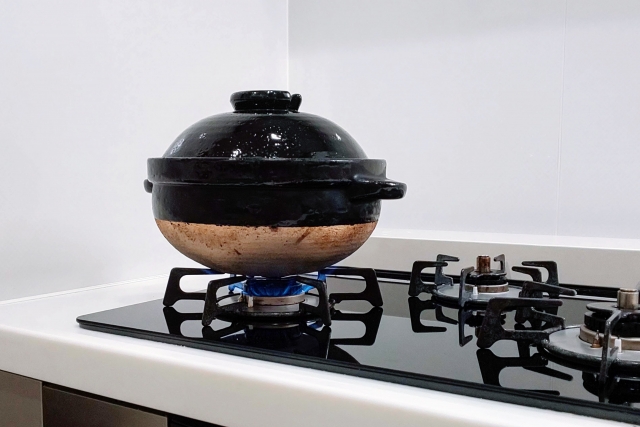
Rice is often cooked in a rice cooker, but recently the merits of using an earthenware pot have been reconsidered. Cooking rice in an earthenware pot produces delicious results, and it has become popular even among younger people.
When cooking in an earthenware pot, it’s essential to pay attention to the heat. Start with high heat, then reduce to low heat for about 10 minutes, and finally, return to high heat for 1 minute to create a crispy layer at the bottom. Afterward, let the rice steam for 10 minutes. As a general guideline, use 210cc of water for every 1 cup (150 grams) of rice.
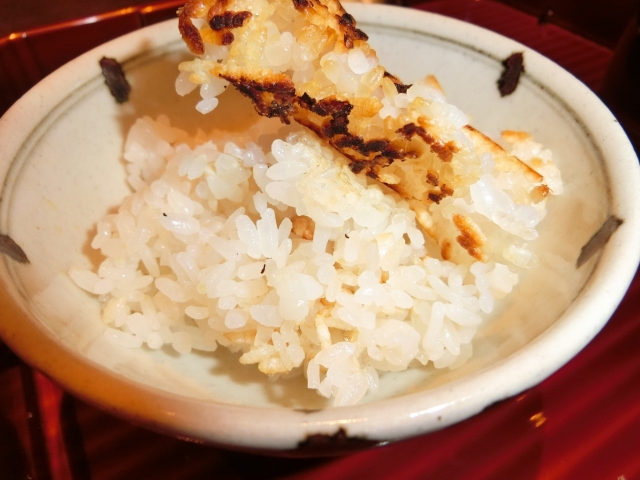
Japanese rice is delicious on its own. I hope you enjoy it!

